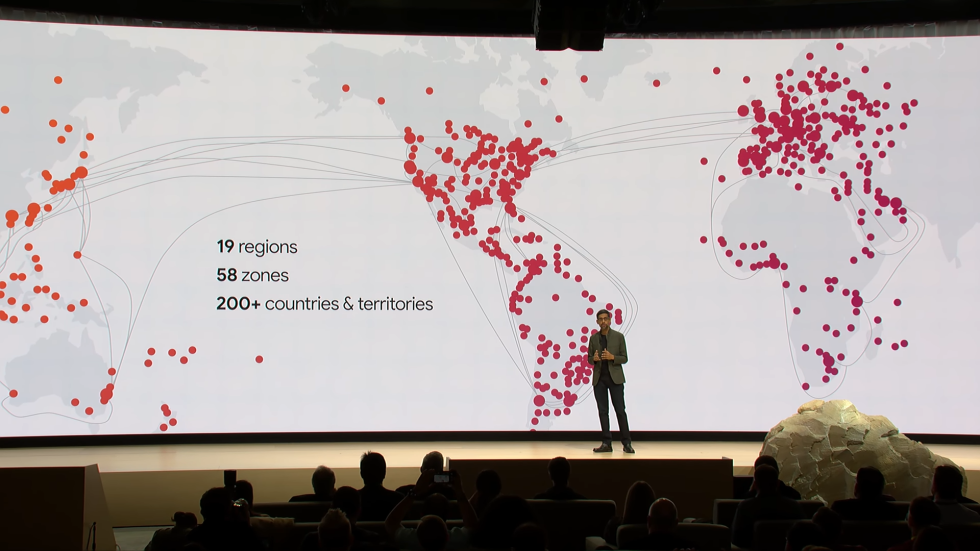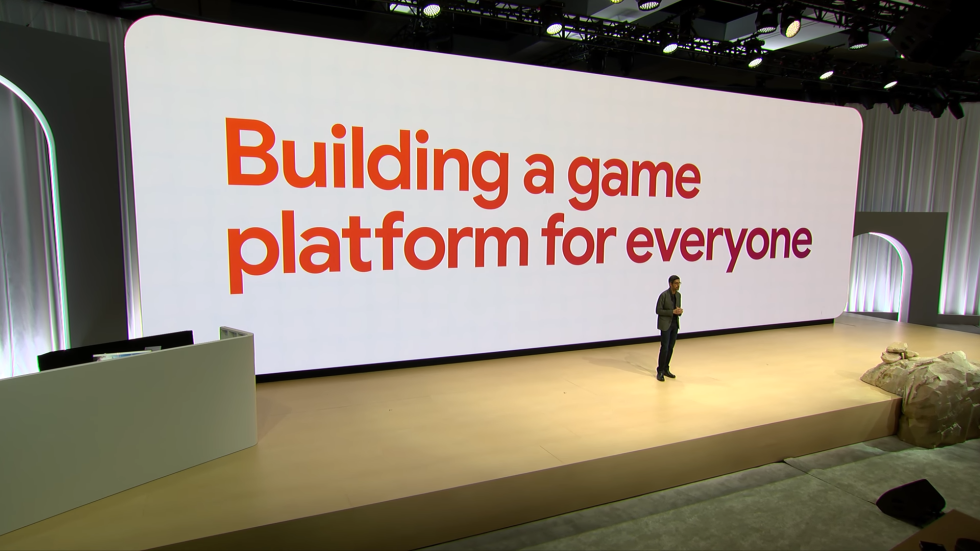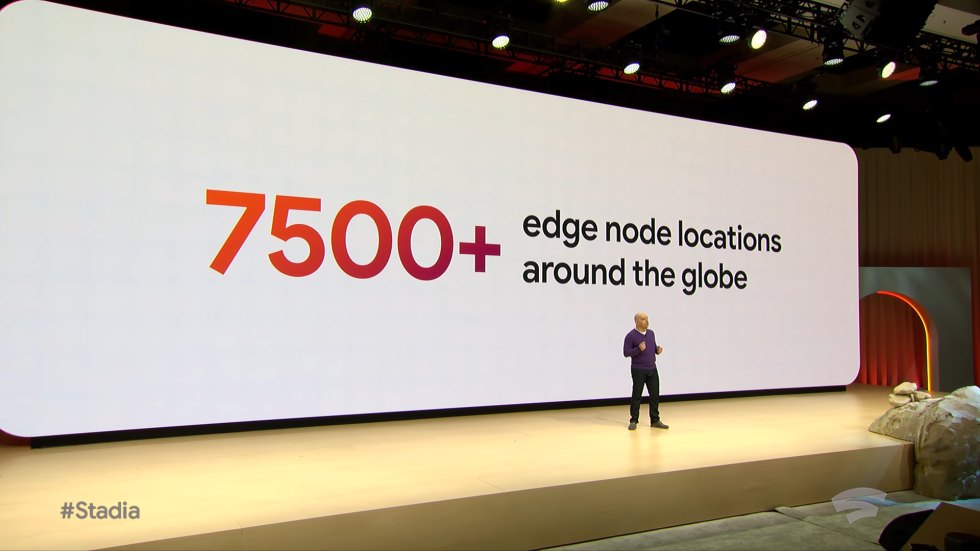
Aurich Lawson
Stadia looks doomed.
At the beginning of the month, a report from Bloomberg detailed ongoing issues with Google’s troubled streaming platform. Apparently, Google is putting the consumer product on the back burner while it tries to sell the Stadia technology as a white-label service to power other companies’ cloud offerings.
Much has happened between the 2018 “Project Stream” beta, the official Stadia launch in 2019, and today. You could arguably call Google a leader in the second wave of cloud gaming, after the early debuts of services like PS Now and OnLive. Now, though, there is more competition, and the demands of the market are crystallizing. Google tried to make a case that it could bring market advantages to cloud gaming, but the company’s vision has not borne fruit. Today, Stadia is languishing and has few prospects of success.
No company wants to call its own project a failure, of course. But now might be a good time for Google to pause for a moment and ask, “What, exactly, are we doing here?” Why does it want to be in the cloud gaming market? What advantages does it have over its competitors, and how does it plan to maintain these advantages over time?
There are no good answers to these questions.
Stadia doesn’t have the scale Google implied it would

Let’s return to the original Stadia announcement at the 2019 Game Developers Conference and see how some of Google’s original claims have played out. Google’s GDC presentation emphasized the company’s cloud expertise, but it glossed over how that expertise would help win the cloud gaming space.
Google CEO Sundar Pichai opened the Stadia announcement by touting the worldwide scale of Google’s cloud, saying:
Our custom server hardware and data centers can bring more computing power to more people on planet Earth than anyone else. Today, we are in 19 regions and in over 200 countries and territories connected by hundreds of thousands of miles of fiber optic cables.
Google is a massive cloud computing company that has servers all over the world. So Stadia is available all over the world, right?
Not exactly. Stadia certainly isn’t available in “over 200 countries.” It’s available in just 22 countries, or about 10 percent of the scale Pichai heavily implied Google could work at.
Until recently, Stadia’s home inside Google has been the hardware division, with project leader Phil Harrison reporting to Google Hardware SVP Rick Osterloh. Google is actually pretty bad at competing on an international scale, and every Google Hardware product is capped at about 20 countries. It is strange that Stadia, a cloud service, ended up in the hardware division, but that’s where Google decided to put it. The company really wants people to use its game controller and Chromecast media players, so Stadia is limited to the small list of countries Google is willing to sell hardware in. (If you compare the Google Hardware country list to the Stadia country list, they are essentially the same.)

To be fair, international business is hard. Can any of Google’s competitors match Stadia’s 22-country distribution list?
Nvidia’s GeForce Now is available in 82 countries. Xbox Cloud Gaming—which is still labeled a “beta”—is available in 26 countries. Google is in third place. PlayStation Now—the most neglected service on our list (though it is reportedly due for a big update)—works in 19 countries. Google has Amazon Luna soundly beat, at least. That service is still in an invite-only “early access” and is available in one country, the United States.
Google has no latency advantage
So Google is bad at international distribution—anyone outside of the US will tell you this. Google is a massive cloud company, though, and with all of that experience from YouTube video streaming and other server technology, Google should have unmatched cloud expertise.
That was the sales pitch from Stadia Head of Engineering Majd Bakar during the reveal event:
We’ve built Stadia’s architecture on top of the Google data center network, the same network that has been delivering search results to your fingertips in milliseconds for more than 20 years. The network consists of fiber optic links and subsea cables between hundreds of points of presence and more than 7,500 edge node locations around the globe, all connected with our network backbone. Stadia is built on infrastructure that no one else has. More edge nodes mean the compute resources are closer to players, which results in better performance.
This is the latency argument. Google has more servers in more places, and because there is probably one close to you, latency will be lower. This should be a competitive advantage for Google. Is it?

You won’t find much of a consensus winner among the current cloud gaming options. Ars’ testing gives GeForce Now a slight latency advantage over Stadia. Digital Foundry has GeForce Now beating Stadia in every latency test and points out that GeForce’s 120 fps mode is something Stadia can’t touch. In PC Gamer‘s latency tests, GeForce Now soundly beat Stadia; the publication even experienced in-game rubber-banding due to lag between Google and the game server. Gamers Nexus gave Stadia a slight edge over GeForce Now, but only by 12 ms (less than one 60 fps frame).
Google has no actual competitive advantage here. No one will find Stadia’s lag acceptable if they find the lag on other services unacceptable. The cloud advantage was one of the main pillars upon which the Stadia business was built, and there just isn’t any evidence that this theoretical benefit is working to Google’s benefit in real life. Nvidia isn’t even a cloud company, and it can at least match Google.








